Philip Lee Shihan (7th dan) is the founder and chief instructor of the Aikido Shinju-Kai network of dojos in Singapore, comprising 56 training centers and growing. He has been training in aikido since 1971 and is considered one of the founding fathers of aikido in his home country. He took some time to speak with Aikido Journal about the history of aikido in Singapore, his thoughts on the future of aikido, and his organization’s recent 30th anniversary event.

Aikido Journal (Josh Gold): It’s great to speak with you, Sensei. Thanks for taking the time for this interview. Could you start by sharing with the aikido community the story of aikido’s growth in Singapore? Could you tell us a bit about the history?
Philip Lee: Aikido was first introduced to Singapore in 1958 by Nakazono Sensei; he was in Singapore for two years, and then he left in the 1960s. So during that time, there was a small group of aikido practitioners studying under him.
And so then how did it grow and expand? Who were the first leaders?
After Nakazono Sensei left, Mr. Teddy Lee Meng Kum took over as a leader in the Singapore aikido community. Expansion was slow in the ’60s in Singapore because of litigation issues and restrictions on charging fees for training. So it’s only after, in the ’70s and ’80s, that things became more stabilized, and growth picked up. I first knew of aikido during my school days because my judo instructor did a bit of aikido, so he was the first one that showed me the training and I found it quite interesting. So after I graduated, I searched for aikido, and I’ve been practicing it formally since 1971.
Could you tell us a little bit more about how you started in aikido, your mentors, and your time in Japan as well?
Sure. I started aikido with my instructor Harry Ng Sensei, and at that time, we only had classes twice a week. And then we got to a point where I wouldn’t miss his classes even though I started working. It was kind of a big deal at that time, because in Singapore you needed somebody to recommend you before you’re allowed to practice aikido because of the martial art control units. Whoever wanted to learn martial arts had to talk to them first, and also everybody had to be screened before they were allowed to join or practice aikido.
Really?
Yes, back then. But not anymore.
What was the process like?
You basically had to send in an application to the government. They wanted to know if you had any criminal record before allowing you to practice any form of martial arts. Now they’re much more flexible, and it’s now abolished, so it’s alright. But before, it was quite troublesome. So that’s the way I started, and then I went from twice a week or three times to training every day.
When did you begin teaching?
I started teaching in 1979. Aikido in Singapore was progressing quite slowly in the ’70s or ’80s, since Hombu dojo [in Japan] only sent instructors over to Singapore once a year for about three days each time. So while we were making progress, I felt it was rather slow. So in 1981, I was a shodan then, I decided to make a trip to Japan and get permission from the second Doshu, Kisshomaru Ueshiba-Sensei, to stay there to train for a while. I really enjoyed the time over there.
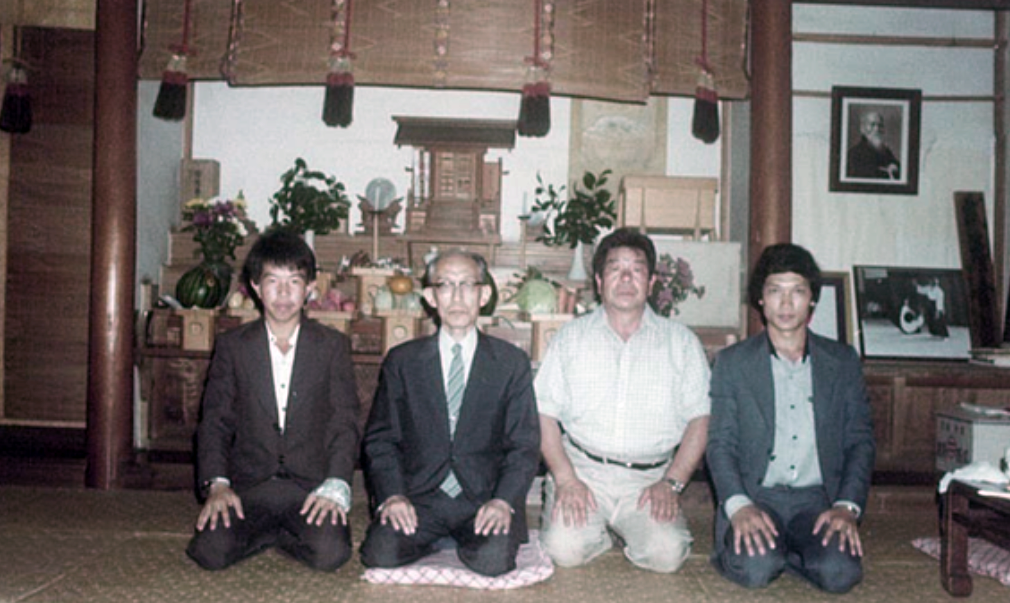
1981, okay. And how long were you at Hombu, training?
It was actually for five weeks.
Wow. And I’m sure it was a very intensive period.
Yeah, definitely intensive. And every year thereafter for 19 years I traveled there to train, until the second Doshu passed away in 1999.
Who were some of the Hombu instructors that were significant influences for you?
At that time, it must have been the senior Osawa Sensei, Yamaguchi Sensei, and Arikawa Sensei. So basically the sensei that I was training with, and definitely the Doshu.
How would you describe Arikawa-Sensei?
Quite dynamic, quite hard, and very effective. I enjoyed all the variations of teaching there were in Hombu.
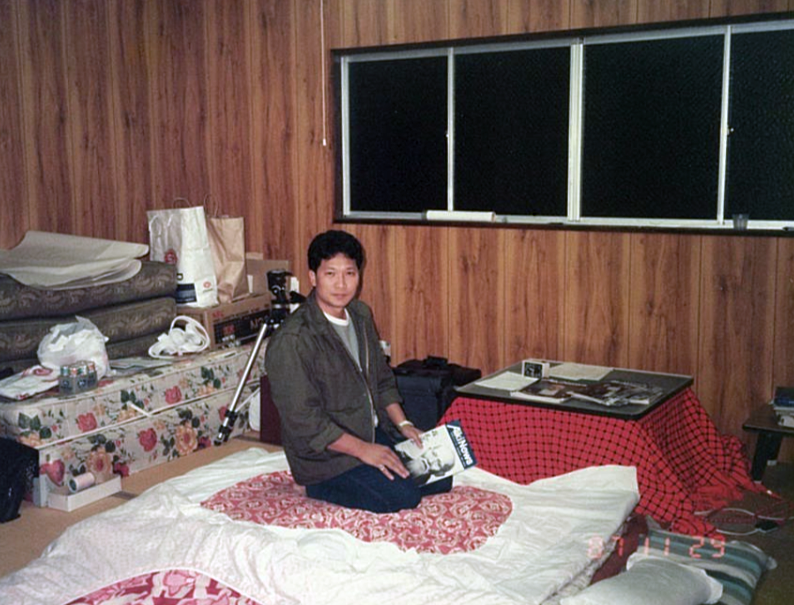
Aikido Journal TV subscribers can download the issue of Aiki News (#65) pictured in this photo here.
It must have been wonderful to train with a variety of shihan there with different styles and different approaches. So soon after you started teaching in 1979, you were able to get more technical information and training back in Tokyo. How did you go from teaching to leading a major aikido organization?
It was good that my training instructor, Harry-Sensei, had given me the privilege to go independent in 1988. So I found a dojo called SAFRA Tampines, which stands for Singapore Armed Forces Reservist Association. They said alright and gave me a chance to see how I would grow. At that time I had my own interior design construction company, but SAFRA gave me a place to build up my foundation in aikido and start to spread. So in 1988 was also when I founded Aikido Shinju Kai, and from there I started training the dojo’s first batch of instructors and senior students.
I’m wondering, in general in Singapore, when you have an aikido dojo, is it a private dedicated space most of the time or is it located in community centers or government facilities? Because from country to country, it’s a little bit different.

SAFRA Tampines is a reservist club, which means its members are reserve officers. All Singaporeans serve in the army for two years, and then once they leave, they have a network of recreation clubs they can join. Aikido was an activity that the members were interested in participating in, so we collaborated with the club to offer classes for them in their space.
And then from there you grew, and now the organization’s quite large, right?
Yes. From there, I expanded to my second dojo in 1995. That was about eight years later. By then I had built up a team of instructors, so from there, we just multiplied. After going to two or three dojos, I went into aikido full-time, and the organization started growing more rapidly.
And so how big is the organization now in terms of dojos or members, and where are the dojos?
I have 56 training centers, with a permanent headquarters at a centralized place; we have about 100 tatami mats there.
A big factor in aikido’s growth here in the mid-90s and the early 2000s was connecting with the police force and army. I organized classes to teach aikido to the police officers at the Police Academy and later to the Gurkha Contingent, this followed by the Singapore Armed Force – the Guards Units took up aikido training to the army guys. Then parents wanted to train their children to be physically fit in preparation for the army, and they knew that they were training in aikido training over there. So that’s why from there on, the parents started sending their kids and the whole community grew much faster.
Did everybody in the Singapore army go through aikido training, or just certain segments?
No, it’s the basically for the Guards Units and certain Aikido practical courses organized for the military police officers. In the army it’s what they call unarmed combat training. This training is a mixture of a lot of martial arts, they have aikido, taekwondo, silat, boxing, wushu, MMA, etc.
And so now, with an organization that’s so big with 56 training centers, how do you manage and coordinate the different dojos?
I have 13 full-time staff. I have regular training days with all my senior members and also we have a monthly get-together training session cum problem solving with my instructors. So it’s a lot of coordination with them in that aspect.
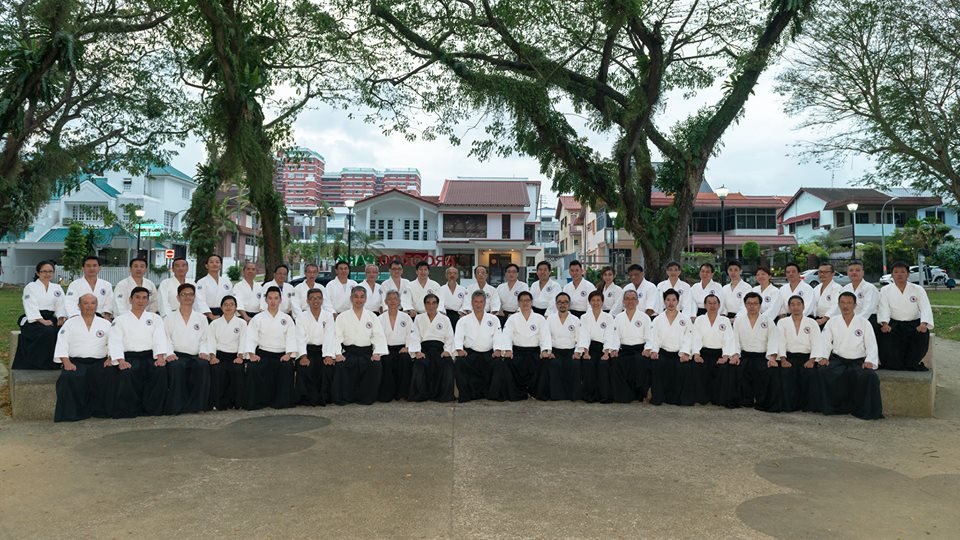
With an instructor team of that size, do you have any particular organizational challenges?
Like many martial arts organizations, just starting classes or a dojo is easy, but maintaining the students and encouraging their continued growth is much harder. You really need to put in a lot of hard work and develop your understanding of students. I always tell my instructors that you must work to support the students and carefully observe them as the one teaching them. Even when you have a pre-planned schedule and have a few students participating, you can’t just relax or you’ll fail them.
To retain students, I think you have to figure out what aikido really is about to them, and what interests or inspires them about it. I think one of the most important factors is the sincerity and the truthfulness between practitioners. They can feel sincerity.
I agree. When I first walked into an aikido dojo to observe a class, the thing that struck me most profoundly was the focus and the sincerity of everybody practicing on the mat. It was that atmosphere (as well as the technical skill of the practitioners) that really attracted me and made me want to do aikido.
And one more thing, I think the culture of aikido is attractive, too. It’s very steeped in a Japanese way of life, with a whole ethical system integrated into it. It’s interesting that these days we see a lot of white-collar, quite educated people who are interested in aikido.
I see that as well as my dojo. I’m sure it’s partly due to the demographics of our community but many of our students are entrepreneurs, executives, professors, scientists, university students, people like that. I’m also curious about the perception of aikido in Singapore. How do the people there view aikido? How do you communicate about it to the public in Southeast Asia, and does the general population know what aikido is?
A lot of our message goes out through social media, especially Facebook. Of course, we also do a lot of promotional events, a lot of demonstrations. I won’t reject any offer to come and do an aikido demonstration. The hands-on aspect really proves something to people and shows them how effective aikido is. Once you can feel it through experience, then you will start to understand.
In Singapore, what’s the primary motivator for people to train in aikido? Are they coming into it primarily looking for something as a way of life, a health system, or self-defense?
Basically, when they first come in, they are interested in formal martial arts training for self-defense. So obviously, this is the essence of it, but I think the more important thing is they say there is a culture and a community they want to participate in. Singapore is a very small country, but there needs to be many dojos around because people don’t want to travel far away from their local communities to train.

Once people get started, what’s more important is how the instructor is able to motivate them and to spend time with them and capture that interest and keep them going on, to show them that aikido is, in fact, a way of life.
I met with Shihan Christian Tissier last year, and I asked him his thoughts on what we can to do strengthen and revitalize aikido worldwide. One of the things that he said is that if we want to attract a younger generation of new practitioners, we have to provide more opportunities for younger instructors so younger people can have somebody that’s fairly close to their age that they can identify with and aspire to be like. I see that with your sons, Alexander and Aloyseus, you’re giving them a lot of responsibility and opportunity, which is great. What’s your thinking behind that — how do you approach their development and the work of giving your younger instructors opportunities?
We need a younger generation of instructors in aikido to help accommodate the growing range of what students want out of aikido. The younger students like things more action-packed, and enjoy sharpness or fast movement.
But then of course on the other side, you still have the people who doesn’t prefer that, they prefer a softer path. So it’s a wide range, and how people grow and continue in the discipline depends on these individual preferences. So you must have a choice for people in how they want to study. But then again, even if the younger people are drawn to the fast, sharp aspects of aikido, that also means they are focusing on the physical aspect. We also need to teach them the spiritual aspect and about the importance of movement. But the main thing is to prove to them that it works.
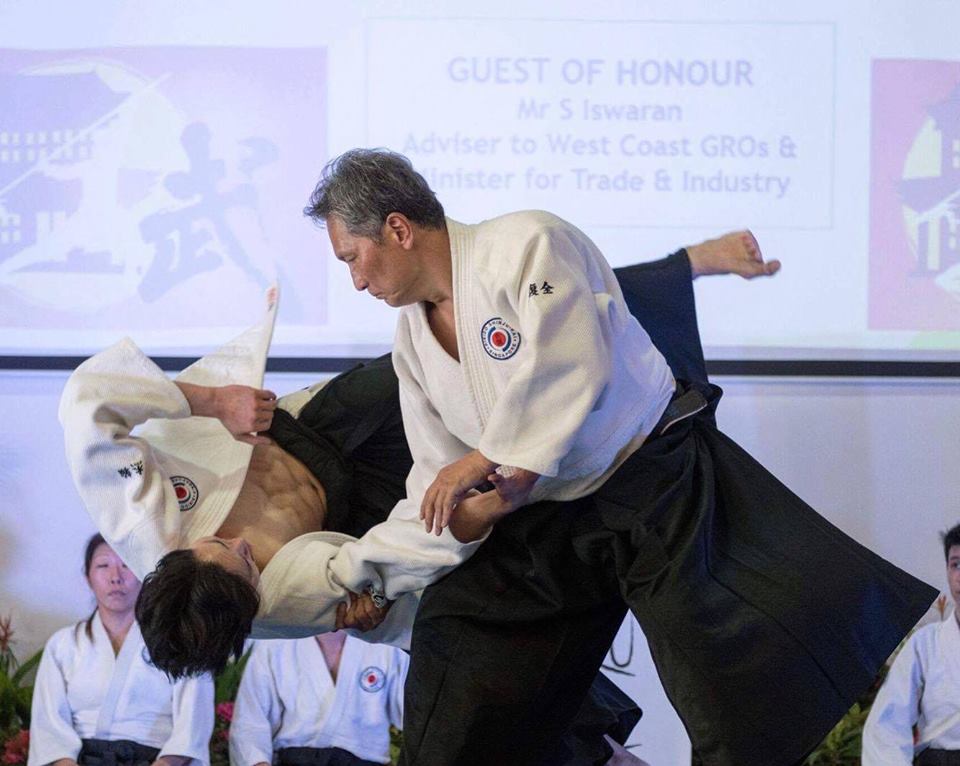
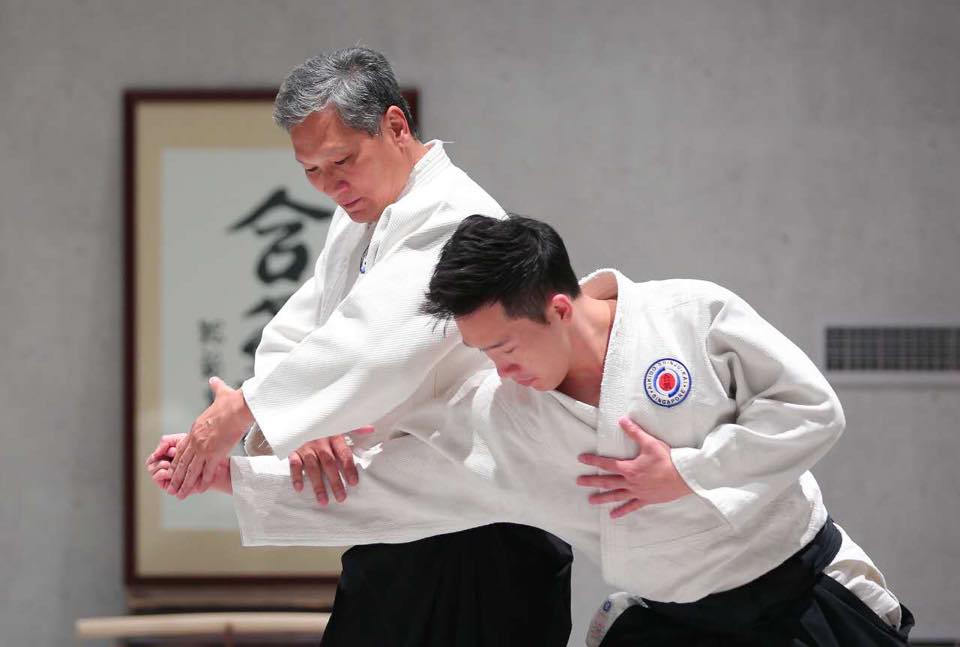
Can you tell me a little bit about your recent 30th anniversary event?
Of course. It’s a grand event we hold every 10 years. We bring together all of our friends in the aikido community for a celebration. We have 11 shihans, and most of them are in their 70s and some in their 80s. So we have been keeping in touch for a long time since I started, especially from when I was in the International Aikido Federation, from my visits to Japan, and from Southeast Asian countries as well. So every 10 years, we invite them to Singapore to take a class or two and get together.

How many people attended the event?
About 800 people for the two and a half day event this time. It’s a fortunate that we had Mitsuteru Ueshiba, waka-sensei, with us, and it’s the first time he’s come to Singapore. There were people from about 23 countries represented.
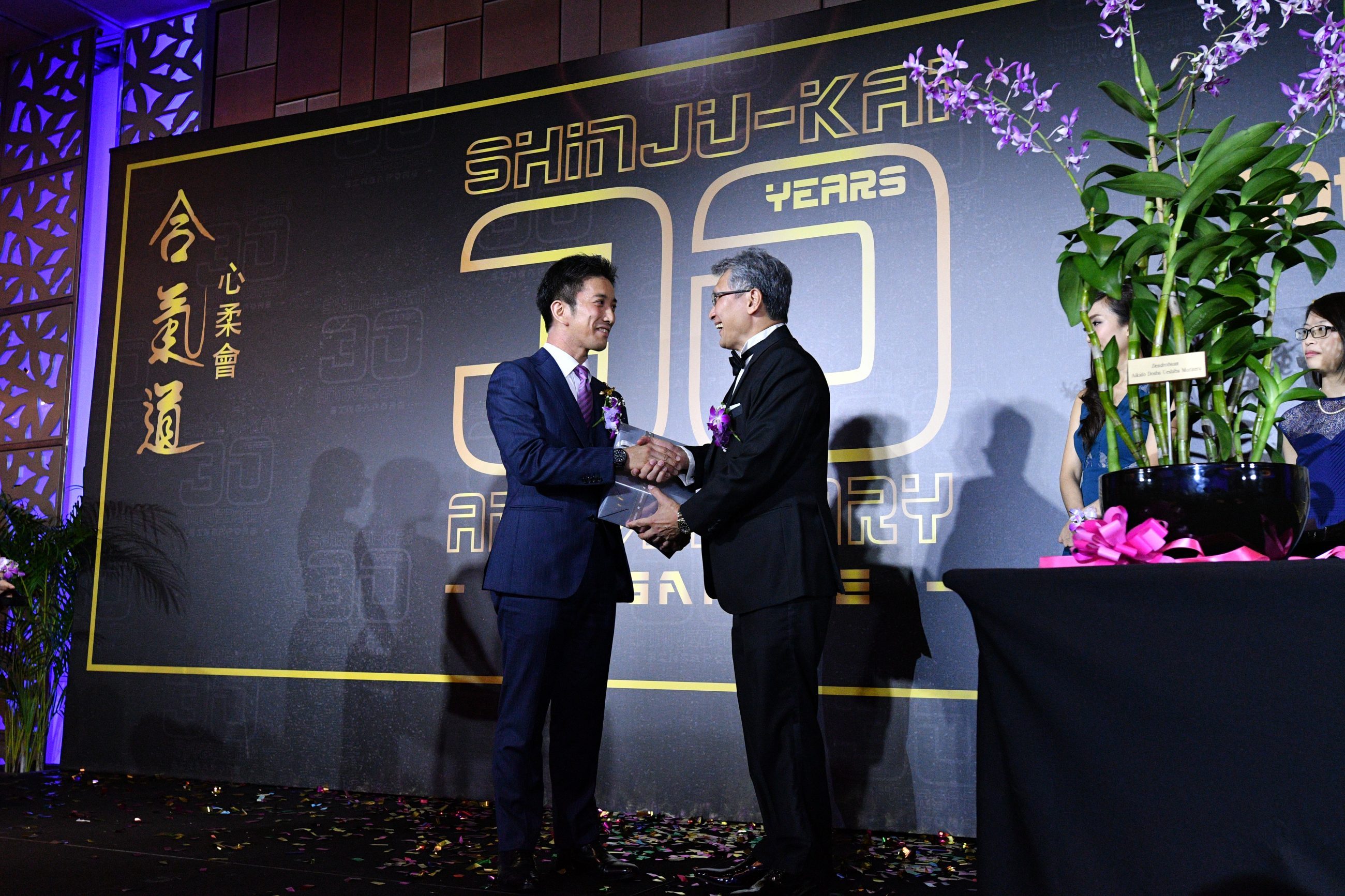
That’s fantastic. Congratulations on this important milestone for your organization and for your decades- long contributions to aikido in Singapore The Aikido Journal community is very large, but it’s mostly located outside of Southeast Asia — I think less than just a few percent of our online community is in Southeast Asia. Because of this, I’m excited to have this opportunity to introduce you and your organization to our readers. In closing, I just wanted to see if you had anything you wanted to say to the Aikido Journal community.
Around the world, many of us are working very hard to promote aikido, which is wonderful. I think this is really an art for the future and more people should go in this direction, because it’s more than a martial art, it’s a way of life. And nowadays, it’s critical to find and promote a harmonious way of being in the world. So I really appreciate that this community exists and wants to keep aikido alive and growing. I hope you can all visit Singapore sometime!
Thanks very much, Sensei.
Learn more about Aikido Shinju-kai here.

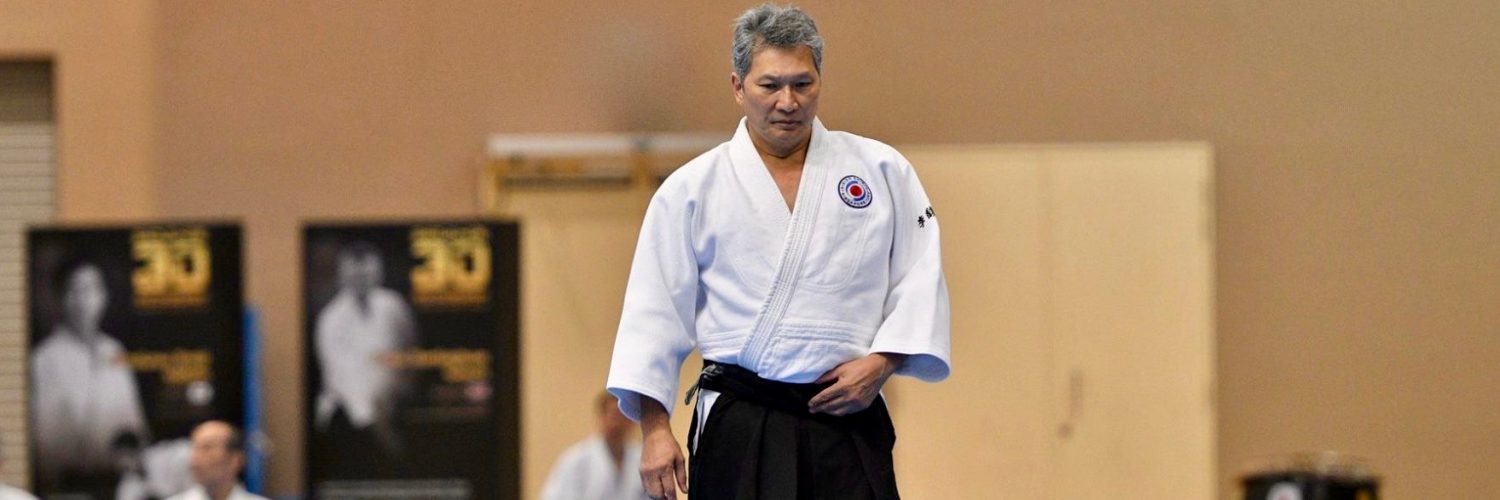


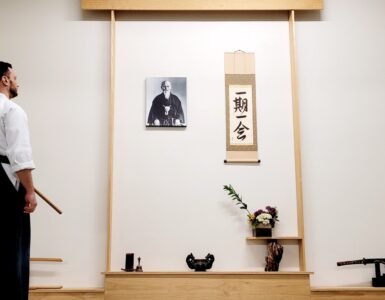








This is a great article by Aikido Journal on Philip Lee and Singapore journey in Aikido! Congrats to shihan’s and our progress!
Congratulations to all of you for achieving this important milestone and for your ongoing contributions to the global aikido community.
Congrats on 30 Years. I have been privy to Sensei Lee’s trips to teach in Toronto Canada (thrice already). One of his guests for the 30th anniversary is my original sensei Osamu Obata shihan (who headed the Canadian contingent).. I regret missing the visit to Singapore and all the new people to practice with.. Kampaii to 30 Years of ASJ..
aiki, as a “storm,” please, say it is not so.., say no, No, NO. Is that what aiki is about? If so, please call it something else… or go “pop,” and make it so, make this “aikido, but don’t make it deep aiki,… but, alas, this is the way of the “pop” world, which is the way of the world, I guess…so a “martial” bow to all those that love a wrenching ass-kicking “reality” way.
Please define your “wrenching ass-kicking reality”?
Did you get permission to use the photos in this article?
Yes we did.
No offence but the aikido that is practiced in Singapore has very little to do with O Sensei’s aikido, since 2nd Doshu was never known for having a good grasp of aiki, unlike his father.
The GROWTH of aikido in Singapore is mainly good fortune due to logistical factors and the support of ex-Doshu who must have felt a tremendous feeling of repricocity by Philip sensei’s yearly visits.
Whether the essence of the art can be transmitted from teacher to student is questionable. Most of modern aikido is regretfully nothing more than jujitsu with peaceful slogans, a training program based on solely on mastery of form/kata. Basically, Aikido with very little aiki complete with fancy flips done by compliant ukes like circus performers and a cult like mentality of obedience and “respect” ensures a continued atmosphere of ‘harmony’.
There is however, wonderful social benefits to joining an aikido class, just as there would be in a cooking class. The only difference is that in a cooking class, most people can tell when the food sucks.
I really enjoyed reading this article.
For some reason lately, I have had the urge to visit Singapore and train in Aikido with the Gurkhas.
I look forward to making that a reality, one day, in the near future.
With best regards
Paul Araki-Metcalfe
Aikikai Akido Godan
Yagyu Shinkage-Ryu Shihan
(a 600-year-old traditional Japanese sword style. I found out that O-Sensei also studied this particular sword style, and you can clearly see the same sword footwork in the Yoshinkan style of Aikido).
Perth, Western Australia
http://www.shadowsword.com.au